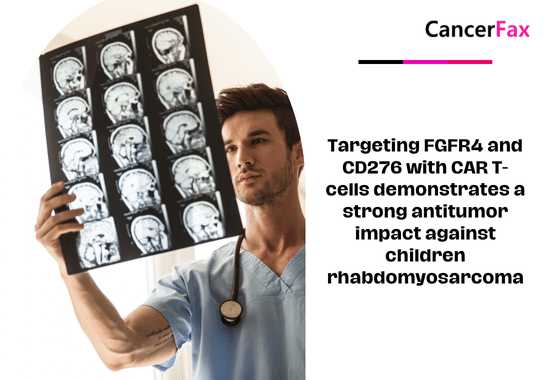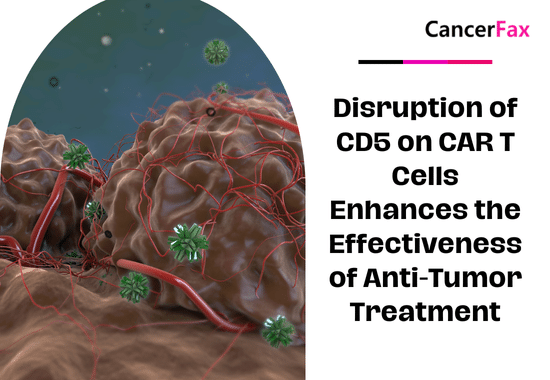Pancreatic cancer can invade and press nerves near the pancreas, which may cause abdominal or back pain in patients with pancreatic cancer. Pain specialists can help develop pain relief plans.
For most patients, morphine or similar drugs (opioids) can help control pain. But many people worry that these drugs will be addictive, but studies have shown that if patients take the doses prescribed by doctors, then the probability of patients being addicted to this drug is extremely low.
Analgesic drugs are best when taken regularly, but they are less effective if used only when the pain is severe. Several long-acting morphine and other opioids are in pill form and only need to be taken once or twice a day. There is also a long-acting drug fentanyl, which is used as a patch every 3 days. The common side effects of these drugs are nausea and drowsiness, which tend to improve over time. Constipation is a common side effect, and most patients need to take laxatives every day.
In addition, the doctor may block the nerves near the pancreas by using anesthetics or nerve-damaging drugs. This process is accomplished by passing the needle through the skin or using an endoscope (a long, soft tube that runs down the throat through the stomach). In addition, the use of chemotherapy and / or radiotherapy treatment can reduce pain by reducing the size of the tumor.

